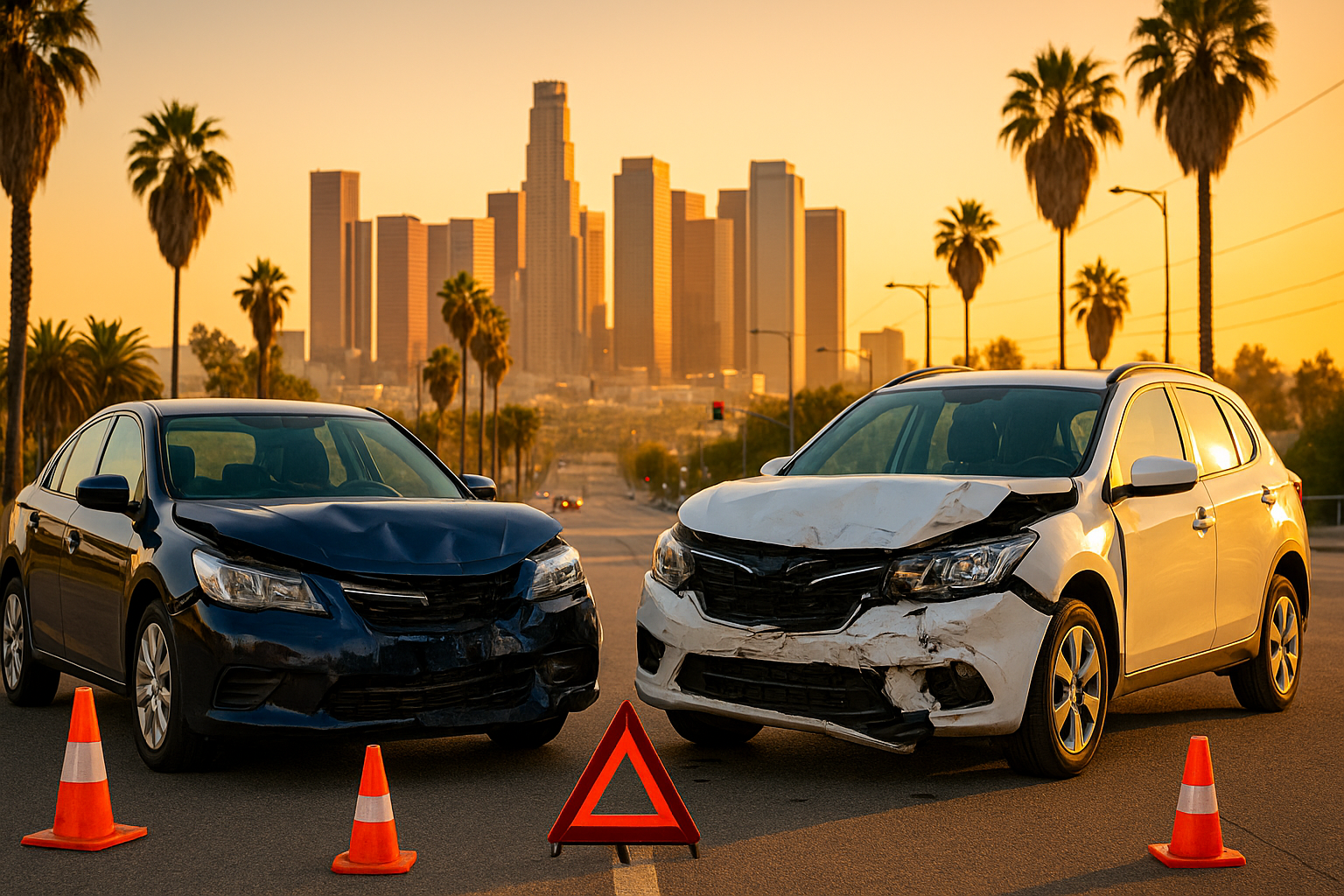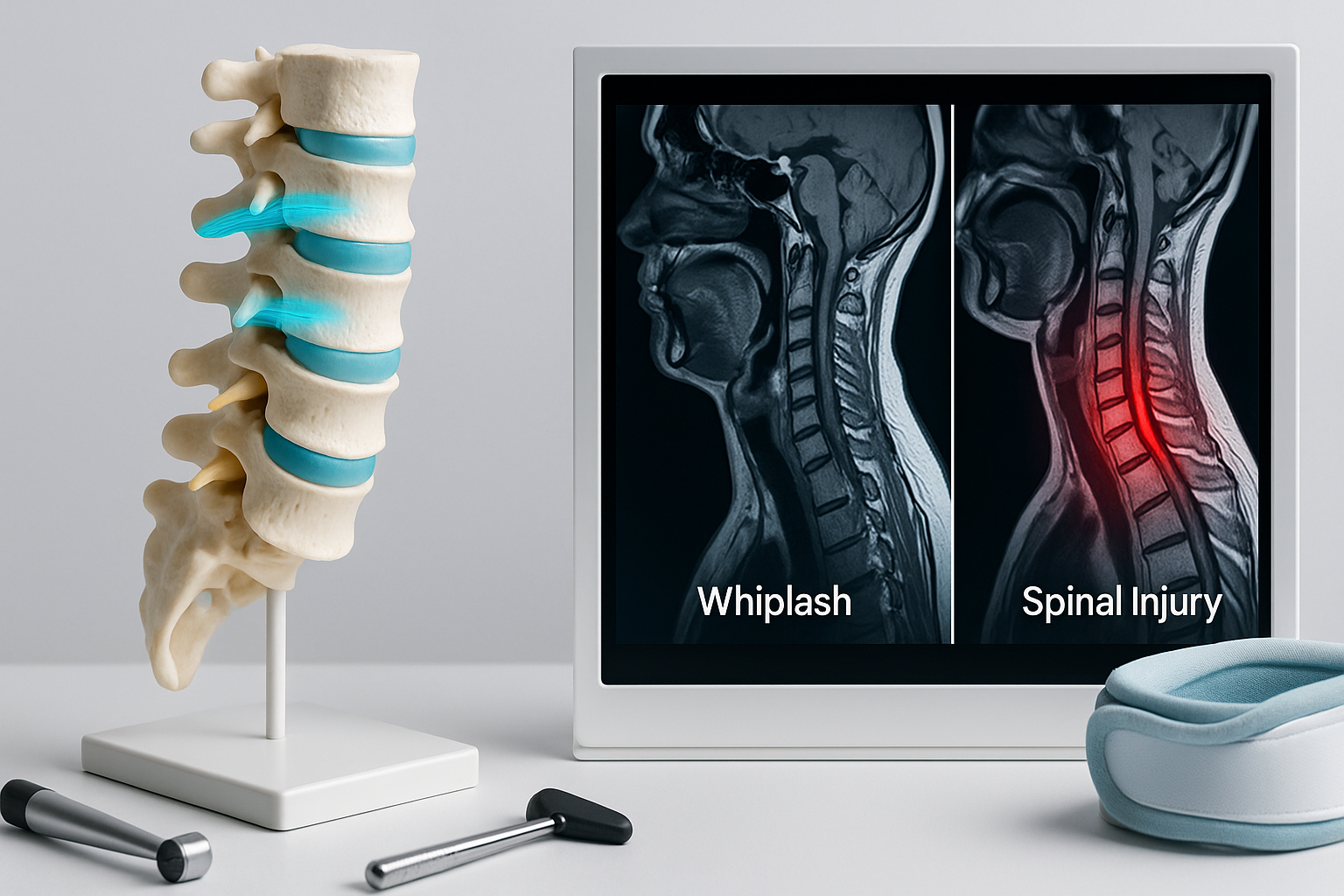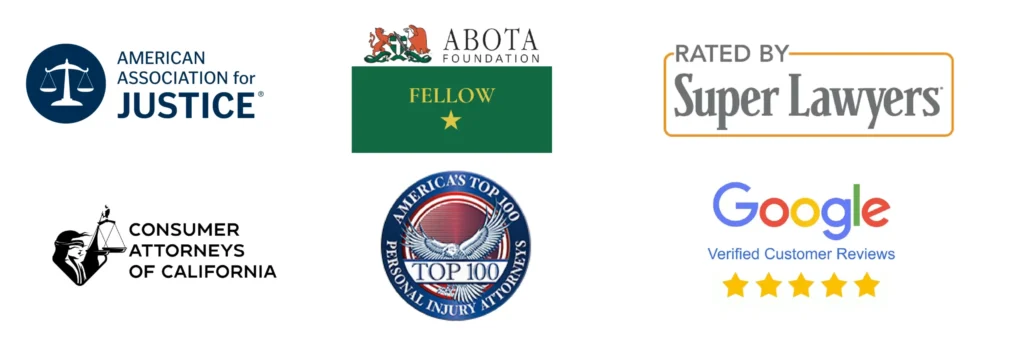Los Angeles collisions can be overwhelming. The steps you take in the first hours and days affect your health, your claim, and your ability to recover compensation. Use this guide for a clear sequence of safety steps, reporting rules, insurance tips, and California deadlines.
First 10 steps at the scene
- Check safety first. Move to a safe area if possible and turn on hazard lights.
- Call 911 for injuries or hazards. Request police and medical help if anyone is hurt or traffic is blocked. Injury crashes must be reported to police or CHP within 24 hours.
- Do not leave. Stay at the scene and cooperate. Leaving can be treated as hit and run.
- Exchange information. Share name, address, driver’s license, vehicle ID number, and insurance. Photograph IDs and insurance cards when practical.
- Identify witnesses. Get names, phone numbers, and short statements if they are willing.
- Document the scene. Photograph vehicle positions, damage, skid marks, debris, signals, signage, lighting, and your injuries.
- Note details. Record date, time, cross streets, direction of travel, weather, and traffic conditions.
- Avoid admissions. Do not speculate about fault. Provide factual information to officers and medical staff.
- Seek medical care the same day. Some injuries are delayed. Prompt evaluation links symptoms to the crash.
- Tow and personal items. Remove valuables. Note tow company and destination.
Who to notify and when
| Agency or party | When to act | What to send |
|---|---|---|
| Police or CHP | Within 24 hours if anyone was injured or killed | Officer takes a report at the scene or you file a written report if none was taken |
| California DMV | Within 10 days if anyone was injured or killed, or property damage appears over $1,000 | SR-1 accident report with insurance details |
| Your insurer | Check policy, typically within 24 to 72 hours | Claim notice with date, time, location, and provider info |
| Treating providers | Same day or as soon as possible | Symptoms, mechanism of injury, prior conditions |
| Lawyer (optional but recommended for injury cases) | As early as possible | Evidence preservation, claims handling, deadline control |
LA specific follow up
- Get your police report. If LAPD handled the crash, request the Traffic Collision Report through LAPD Records and Identification. Keep the DR or incident number.
- If the Sheriff’s Department responded. Follow LASD instructions for report requests and online reporting where eligible for non injury incidents.
- Keep everything. Save repair estimates, rental car receipts, co pays, mileage to appointments, and all photos and videos.
California rules that matter to your claim
Duty to stop and exchange information
Drivers must stop and exchange name, address, driver’s license, vehicle identification number, and insurance with other drivers or property owners. Failure to exchange can lead to citations or criminal charges.
Police or CHP reporting for injury crashes
If anyone is injured or killed, the driver must make or cause a written report to police or CHP within 24 hours if no officer takes one at the scene.
Hit and run basics
Leaving after a property damage only crash can be charged as a misdemeanor. Leaving after an injury or death can be charged as a felony.
Statutes of limitations
- Injury or wrongful death lawsuits are generally due within two years from the date of injury or death.
- Property damage only lawsuits are generally due within three years.
- Claims involving public entities such as city vehicles or dangerous road conditions require a government claim within six months in most injury cases, followed by short filing windows after a written rejection.
Insurance tips that prevent hiccups
- Open the claim quickly. Provide facts, not opinions. Give the claim number to all providers that will bill your insurer.
- Medical payments coverage. If you carry Med Pay, it can reimburse out of pocket costs regardless of fault, up to your limit.
- Uninsured and underinsured motorist. If the other driver lacks adequate coverage, talk to your insurer about UM or UIM benefits.
- Repairs and totals. Get at least one written estimate. Photograph damage before repairs. Do not discard parts without checking with the insurer.
- Recorded statements. Be concise. Consider consulting counsel before giving a detailed recorded statement, especially if you have injuries.
Evidence that strengthens LA crash cases
| Evidence | Why it helps | How to get it |
|---|---|---|
| Traffic Collision Report | Independent documentation of contributing factors and parties | Request from LAPD or LASD Records with DR number |
| Scene photos and videos | Preserve vehicle positions, road conditions, and signals | Use your phone and ask nearby businesses for camera footage |
| Witness contacts | Corroborate events and fault | Get names and numbers at the scene or follow up promptly |
| Medical records and bills | Prove causation and damages | Request visit notes, imaging, and itemized statements |
| Repair estimates and totals analysis | Establish property damage and potential diminished value | Keep all shop estimates and insurer appraisals |
| Phone, vehicle, and app data | Corroborate speed, braking, or distraction | Discuss preservation steps with counsel early |
Common questions
Do I need to call police for a minor fender bender
Not always. For injury crashes you must involve police or CHP within 24 hours. For property damage only, you must stop and exchange information and still file the DMV SR-1 if damage likely exceeds $1,000.
What if the other driver leaves
Try to capture a plate number and vehicle make, model, and color. Call 911. Do not chase. Your UM coverage may apply.
The other driver’s insurer is calling. Should I talk
You can confirm basic facts, claim number, and repair logistics. For injuries, consider speaking with a lawyer before detailed recorded statements.
Will my premiums go up if I file a claim when I was not at fault
Premium changes depend on many factors and insurer rating plans. Filing an SR-1 is required by law when thresholds are met and is separate from insurance rating.
How long do I have to sue
Generally two years for personal injury and three years for property damage. Claims involving public entities have shorter administrative deadlines, so act quickly if a government vehicle or road condition may be involved.
Quick checklist
- Move to safety and call 911 if anyone is hurt
- Do not leave the scene
- Exchange information and gather witnesses
- Photograph vehicles, roadway, signs, and injuries
- Get same day medical evaluation
- Notify your insurer and keep receipts
- File the DMV SR-1 within 10 days if thresholds are met
- Request your police report and preserve video
- Calendar legal deadlines and consider calling a lawyer early
Key References
- DMV SR-1 requirement and 10 day reporting thresholds for injury, death, or $1,000 property damage. California DMV+1
- Vehicle Code § 16025 exchange of information after a collision. Justia LawFindLaw Codes
- Vehicle Code § 20008 reporting injury or fatal crashes to police or CHP within 24 hours. Justia LawFindLaw Codes
- Vehicle Code §§ 20002 and 20001 hit and run duties and penalties, property damage only and injury or death. Legislative InformationFindLaw Codes
- CCP § 335.1 two year statute for personal injury. Justia Law
- CCP § 338 three year statute for property damage. FindLaw Codes
- LAPD Traffic Collision Report requests for Los Angeles crashes.




